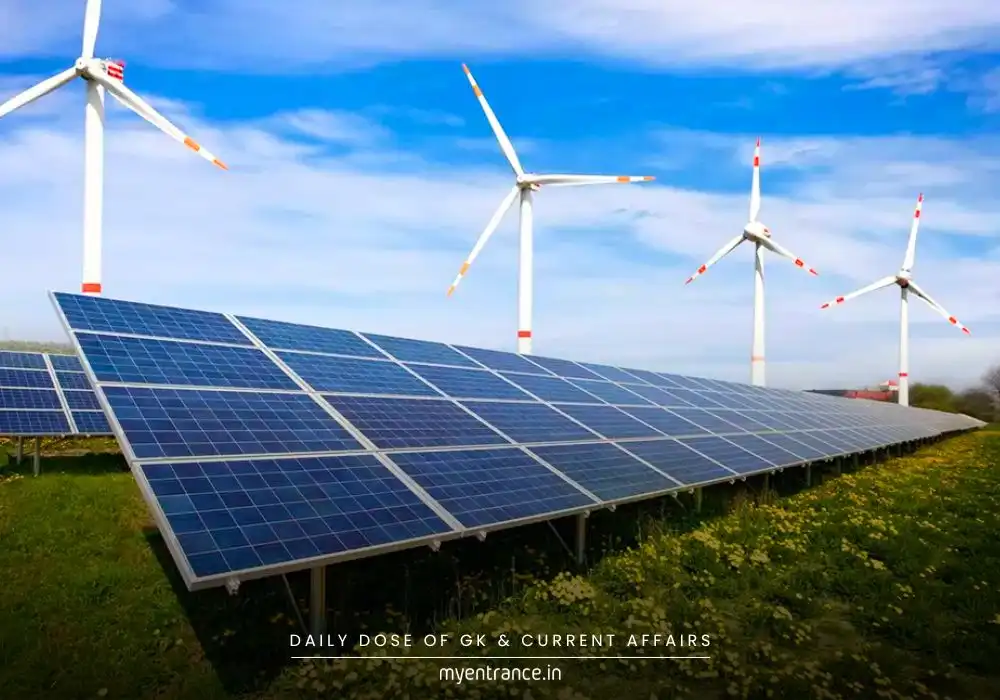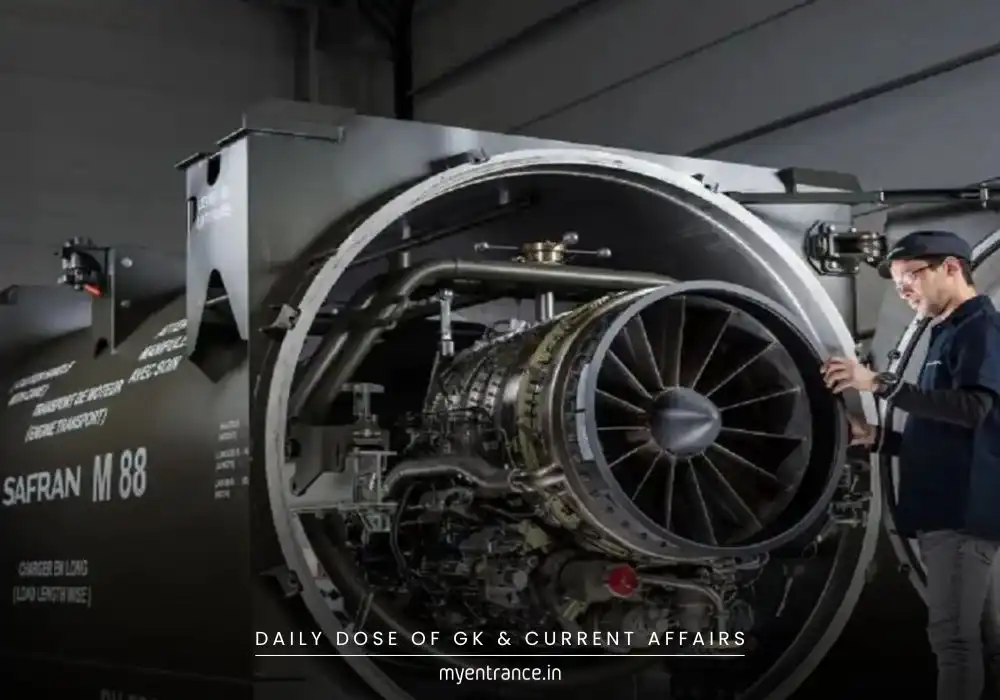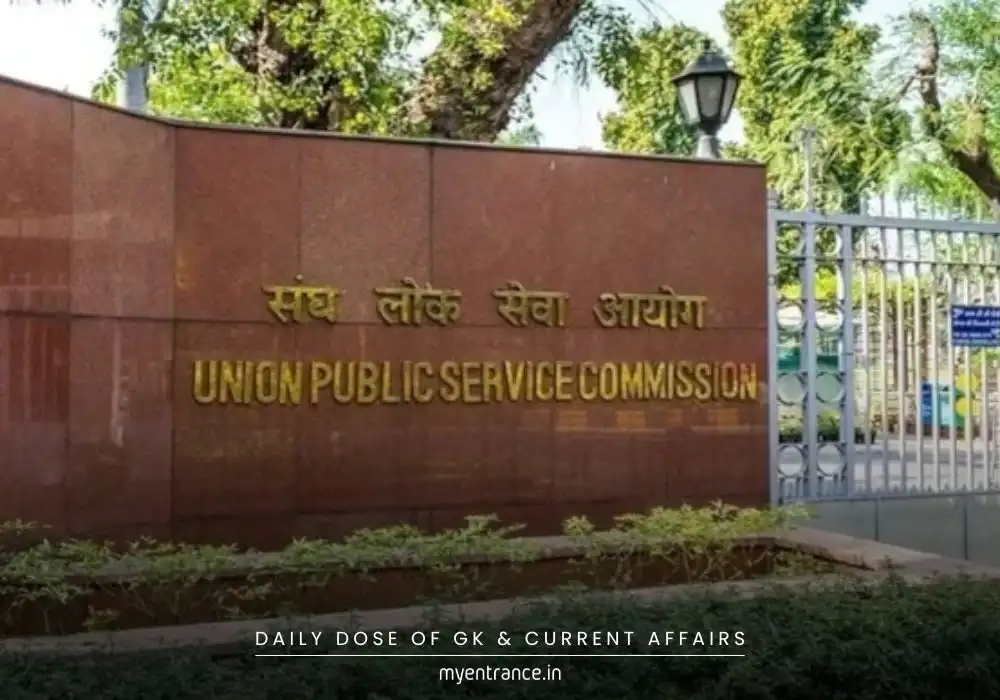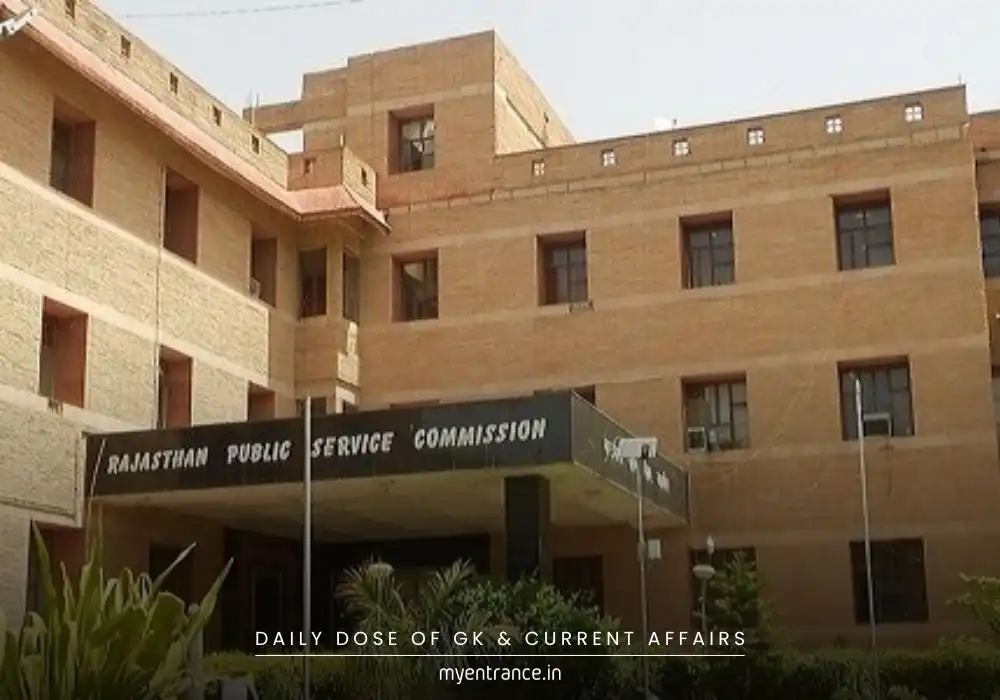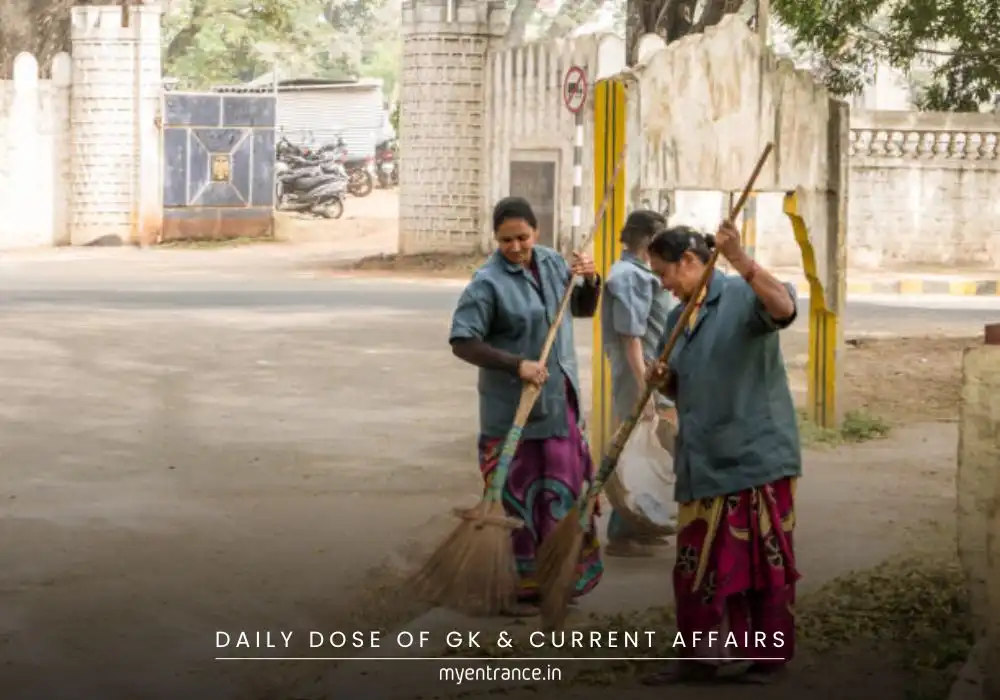Translate Language
What Are the Key Aims of Gujarat’s Tribal Genome Sequencing Initiative?
India has crossed a major milestone in renewable energy, with non-fossil fuels now contributing over 50% of its installed power capacity. However, grid instability and storage limitations threaten to slow down this green transition. This article explores India’s progress, challenges, and the road ahead in sustainable energy.
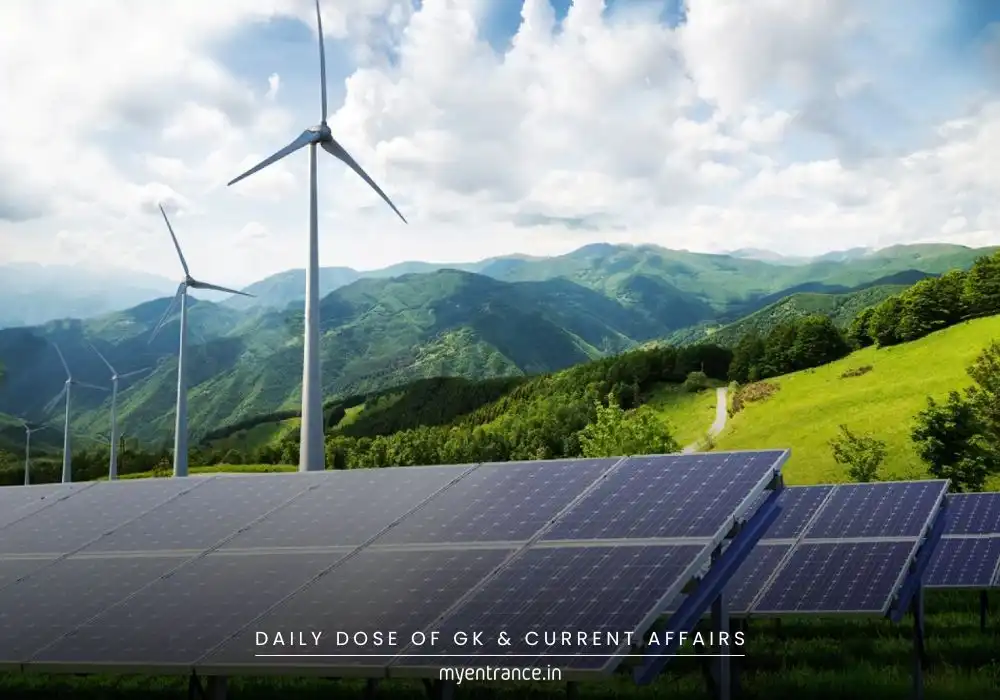
India’s Renewable Energy Growth: Achievements and Challenges
India has made remarkable progress in shifting towards clean energy, achieving 50.1% non-fossil fuel capacity by June 2024—five years ahead of its 2030 Paris Agreement target. This includes:
Solar & Wind Power (185 GW) – Rapid expansion but intermittent supply.
Large Hydro (49 GW) & Nuclear (9 GW) – Stable but slower growth.
Thermal Power (242 GW, 49.9%) – Still dominates actual electricity generation.
Key Drivers of India’s Green Energy Surge
Declining Solar Costs – Solar power is now half as expensive as new coal plants.
Government Policies – Incentives like viability gap funding (VGF) for battery storage.
Global Ranking – India is now the 4th largest in renewable capacity, behind China, the US, and Brazil.
Challenges: Grid Instability & Storage Shortages
Despite progress, renewable energy faces hurdles:
Intermittency Issues – Solar and wind power fluctuate, causing grid instability.
Storage Deficit – Only 5 GW of storage capacity exists (mostly pumped hydro).
Peak Demand Struggles – On May 30, 2024, India’s grid nearly faltered at 250 GW demand due to low renewable output.
Price Volatility – Excess solar generation sometimes crashes prices to zero, discouraging investors.
Solutions in the Pipeline
Battery Storage Expansion – 30 GWh under viability gap funding (VGF).
Pumped Hydro Projects – 51 GW expected by 2032.
Transmission Upgrades – ISTS waiver extended till 2028 to boost storage projects.
Sample Questions & Answers for Competitive Exams
Q1: What percentage of India’s installed power capacity comes from non-fossil fuels as of 2024?
A: 50.1%, surpassing its 2030 target.
Q2: Why does India still rely heavily on thermal power despite high renewable capacity?
A: Renewables like solar and wind are intermittent, requiring thermal backup for consistent supply.
Q3: What was India’s original Paris Agreement target for non-fossil fuel capacity by 2030?
A: Initially 40%, later revised to 50%.
Q4: What major challenge does India face in integrating renewables into the grid?
A: Lack of sufficient storage (batteries/pumped hydro) leading to instability.
Q5: Which renewable energy source is now cheaper than new coal power in India?
A: Solar energy.
Get 3 Months Free Access for SSC, PSC, NIFT & NID
Boost your exam prep!
Use offer code WELCOME28 to get 3 months free subscription. Start preparing today!



